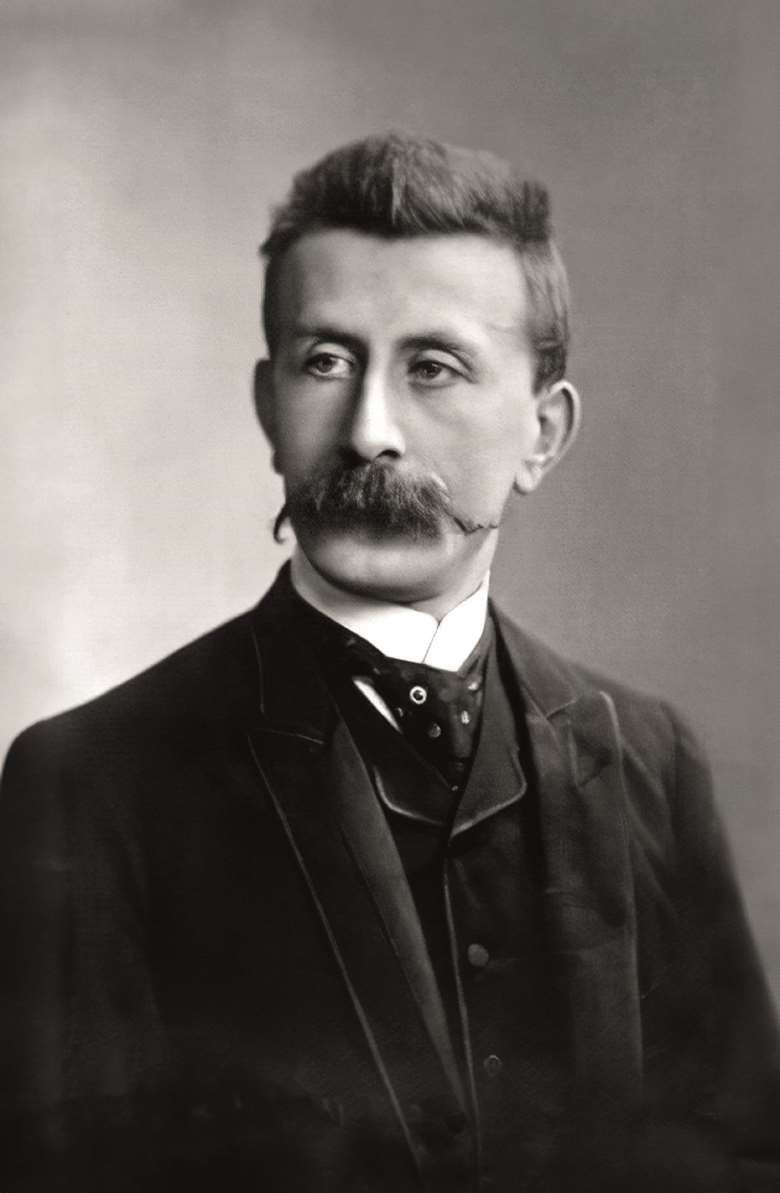Nocturne from A Midsummer Night’s Dream
Monday, September 16, 2024
Jeremy Nicholas introduces an arrangement of Mendelssohn’s Nocturne from A Midsummer Night’s Dream by Moritz Moszkowski, one of the great piano transcribers. The sheet music for the work appears in our Autumn 2024 issue

Credit: Tully Potter Collection
‘Mendelssohn’s music to [A] Midsummer Night’s Dream, written in his eighteenth year, still remains the exemplar for all fairy music. The lovely Nocturne, arranged by Moszkowski, makes a beautiful piano number, retaining all the charm of the original. Grade 5.’ So reads the text at the head of the score when it was published in the May 1920 edition of The Etude magazine. What more needs to be said?
Well, a great deal, because it is a transcription by one of the great piano transcribers, somewhat underrated as such, and because it is, for some reason, virtually unknown. It makes only its second appearance on record on the new album by Isata Kanneh-Mason (see the cover feature of our Autumn 2024 issue). Its previous outing was on a splendid two-disc set from Christof Keymer (Berlin Classics) of Moszkowski’s complete piano transcriptions.
We tend to forget just how highly revered Moszkowski was in his heyday. Liszt esteemed his piano-playing ‘beyond all measure’, while Paderewski was of the opinion that ‘after Chopin, Moszkowski knows best how to write for the piano’. Moszkowski’s life (1854-1925) coincided with that extraordinary era (roughly 1870 to 1920) that gave us the likes of Rachmaninov, Godowsky, Busoni, Friedman and Hofmann, to name but a few who followed in the footsteps of Liszt. They made it their business to exploit the tonal and virtuosic potential of the piano. All of them had at least one piece of Moszkowski in their repertoire.
His best-known arrangements are the solo versions of Brahms’s Hungarian Dances (slimmed-down textures compared with Brahms’s own versions), the Barcarolle from The Tales of Hoffmann, the Chanson Bohème from Bizet’s Carmen (on which Horowitz based his own elaboration) and – last but not least – Isoldens Tod from Tristan und Isolde, which for many piano enthusiasts, including this writer, surpasses Liszt’s own far more famous transcription. The other composers tackled by Moszkowski were Mozart, Beethoven, Handel, Czerny, Chopin (the ‘Minute’ Waltz arranged in thirds) and more Wagner (the Venusberg Music from Tannhäuser). Famously, the Overture to Mendelssohn’s incidental music for Shakespeare’s play was written when he was just 17. The 12 separate numbers that succeed it were written in 1843 at the behest of William IV of Prussia. No 1 is the Scherzo (famously transcribed by Rachmaninov). No 7 is this Nocturne. In the play it comes at the end of Act 3, when Puck finally has each of the four lovers sleeping where he or she will wake up and fall in love with the right person. The Overture has been transcribed for solo piano by the German music pedagogue, scholar and editor Ludwig Stark (1831-84), so one could offer the four outstanding numbers from the score in a sequence of transcriptions, ending with the Liszt-Horowitz Wedding March (No‑12). If, of course, you have the fingers and stamina.
The 1919 copyright of the Nocturne, I note, resided with ‘Theo. Presser Co.’, the oldest continuing music publisher in the United States, owned since 2004 by Carl Fischer Music. It was Theodore Presser (1848-1925) who founded The Etude in 1883.
The sheet music for Moszkowski's arrangement of Mendelssohn's Nocturne from A Midsummer Night’s Dream appears in the Autumn 2024 issue of International Piano. Subscribe today.









